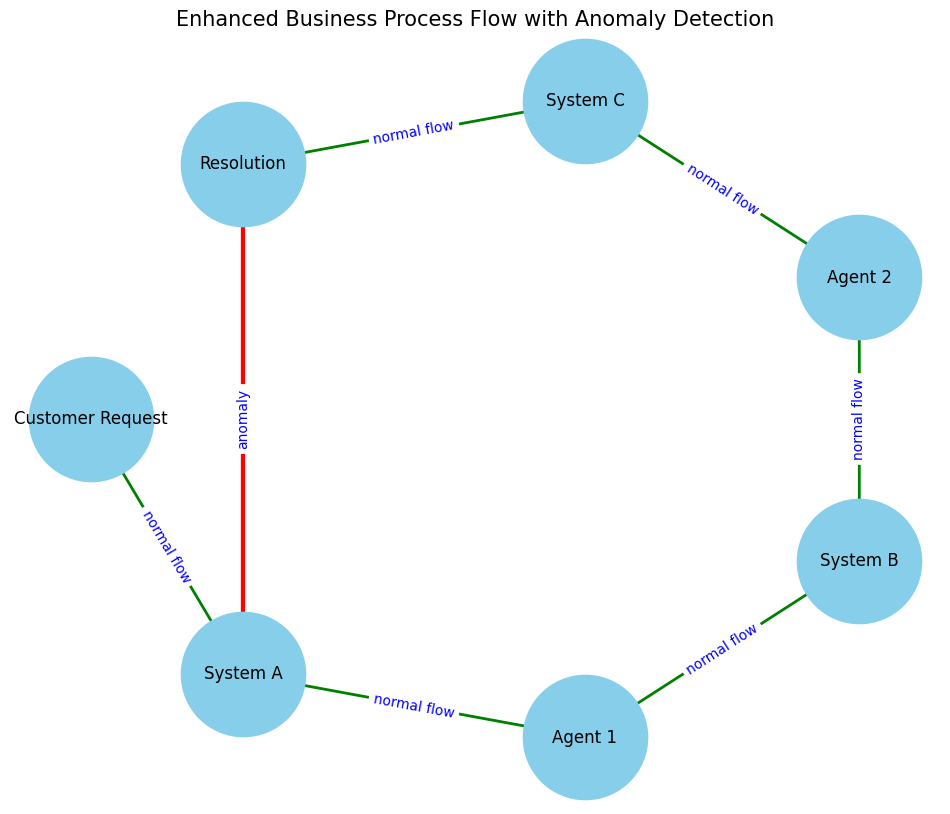Graph databases play a pivotal role in business process optimization by leveraging the power of graph data science. This approach is highly effective in dealing with complex, interconnected data, which is common in business processes. Here's how graph databases can aid in optimizing business processes:
-
Understanding Complex Relationships: In business processes, various elements like tasks, resources, and people are interconnected. Graph databases excel in mapping and understanding these relationships, making it easier to identify inefficiencies and dependencies.
-
Process Mining and Analysis: By visualizing processes as graphs, companies can use graph analytics to uncover patterns and bottlenecks in their workflows. This helps in optimizing the process flow, reducing redundancies, and improving efficiency.
-
Real-time Insights: Graph databases are adept at handling dynamic, real-time data. This capability allows businesses to react promptly to changes in the process flow, adapting and optimizing processes on the fly.
-
Scalability and Flexibility: Graph databases can easily scale with the growing complexity of business processes. They are also flexible, allowing for easy modifications and integrations with new elements in the business process.
-
Fraud Detection and Compliance: In financial processes, graph databases can detect unusual patterns indicating fraud. They also help in ensuring compliance by understanding the complex web of regulations and their impact on business processes.
-
Customer Journey Mapping: Understanding the customer journey is crucial for businesses. Graph databases can map out the entire journey, identifying key touchpoints and areas for improvement to enhance customer experience.
-
Supply Chain Optimization: In supply chain management, graph databases help in visualizing the network of suppliers, distributors, and customers, enabling more efficient inventory management, risk assessment, and route optimization.
-
Collaboration and Knowledge Sharing: By mapping the relationships between employees, departments, and knowledge assets, graph databases can enhance collaboration and knowledge sharing within an organization.
-
Personalization and Recommendation Systems: They can be used to develop sophisticated recommendation systems that take into account the complex web of user preferences and behaviors.
In summary, graph databases offer a unique approach to business process optimization by providing deep insights into the interconnections within data, enabling real-time analysis, and enhancing flexibility and scalability in handling complex business processes. This leads to more efficient, responsive, and intelligent business operations.

